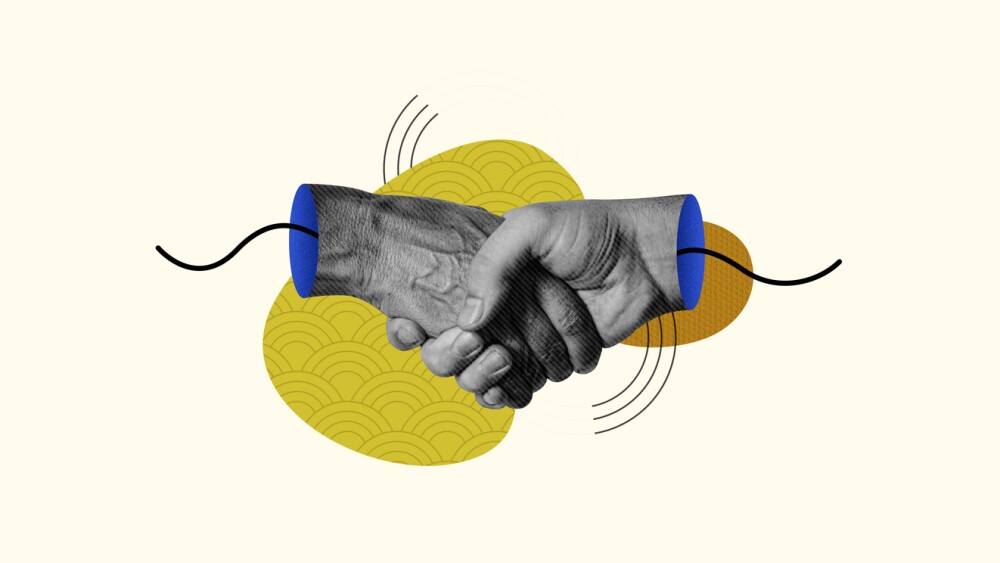Viking Therapeutics enjoyed a nice share rally on the news that rival Pfizer is discontinuing obesity candidate danuglipron. But the biotech has a long way to go to recover after six straight months of decline.
The loss of Pfizer’s oral GLP-1 is Viking Therapeutics’ gain, as the small obesity biotech’s shares rose 13% on the discontinuation of the Big Pharma’s rival medicine.
“In our view, Pfizer’s setback comes as an invigorating development for Viking’s shareholders,” William Blair analysts said in a Monday morning note.
The New York pharma made the decision to halt development of danuglipron after a participant in a trial experienced signs of liver injury. The move leaves the company with just one early-stage asset. Viking could therefore be a good target for Pfizer to restock its early-stage obesity pipeline after danuglipron was discontinued, William Blair noted.
Viking’s oral obesity asset VK2735 “could offer Pfizer a rare opportunity to reestablish not only a mere presence in obesity, but also a leading position beyond the current Novo Nordisk–Eli Lilly duopoly,” the analysts wrote.
BMO Capital Markets similarly told investors that Pfizer is eager to make a deal after the discontinuation of danuglipron, with a focus on next-generation orals or injectables. Guggenheim noted that Pfizer has about $10 billion to $15 billion to deploy. Management has indicated that investors should keep an eye out for deal activity “in coming months.” The firm continued: “All programs they would move forward in the obesity space would be large opportunities and large investments.”
Viking was once the star of the obesity pipeline, William Blair said on Monday. The company is testing VK2735 as an oral and subcutaneous formulation. The Phase II VENTURE trial for the oral has already wrapped up enrollment of 280 people, Viking announced in March. With a 13-week run time, the trial could read out in the second half of this year. Meanwhile, the company is starting a Phase III test of the subcutaneous formulation in the second quarter of 2025.
Viking recently shored up its manufacturing strategy for the drug, signing a deal with CordenPharma to make “multiple metric tons” of VK2735 annually in both formulations. That long-term deal put Viking’s M&A prospects in doubt, with William Blair at the time noting a 10% share decline.
“Given the importance of procuring API [active pharmaceutical ingredient] and the associated devices and accessories, we argue it would be imprudent to delay such discussions even if Viking was theoretically in late-stage discussions with an acquirer,” the firm wrote.
Now, it seems, Viking may be back as a top take out target.
Long Way to Climb
Even with Monday’s rally, which brought Viking’s stock to $25.20 apiece, the company has a long way to go to make up an extended decline. The company’s shares are down 37% year to date and 66% over the past six months. Viking is facing competitive pressure, particularly from China, where major pharmaceutical companies have been turning for new assets. The company’s shares are also down due to the likely tariff threats and the fact that investors are losing interest in the obesity field, the analysts noted. Overall, obesity-focused stocks have lost about 40% to 80% of their value, William Blair said.
Peer company Zealand Pharma, which has four drugs in development for obesity across all stages of development, is down 37% year to date but rose over 4% Monday to $447.30. Most advanced in Zealand’s pipeline is the Boehringer Ingelheim–partnered glucagon/GLP-1 receptor dual agonist survodutide. Zealand also has the backing of Roche after the two signed a potential $5.3 billion partnership to develop a combination regimen with the biotech’s petrelintide.
Another company that could benefit from danuglipron’s fall is Structure Therapeutics, which has a differentiated asset called aleniglipron in development, according to William Blair. Meanwhile, any meds that bear similarities to Pfizer’s molecule will suffer. The Big Pharma already discontinued a similar asset called lotiglipron in June 2023.
Terns Pharmaceuticals has an asset in the same drug family as danuglipron called TERN-601, an oral glucagon-like peptide-1 receptor agonist. The drug was found to be well tolerated with no changes in liver enzymes during a Phase I trial that read out last year. Terns is working on a Phase II trial this year.






